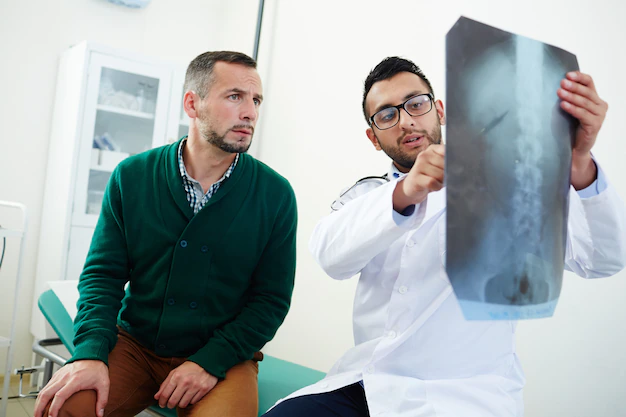Treating Spinal Stenosis

The treatment for spinal stenosis varies depending on the severity of the condition and the symptoms experienced by the patient. Mild to moderate cases of spinal stenosis may be managed with conservative treatment options, while more severe cases may require surgery.
Conservative treatment options for spinal stenosis include:
- Pain medication: Over-the-counter pain relievers, such as acetaminophen and nonsteroidal anti-inflammatory drugs (NSAIDs), can help alleviate mild to moderate pain associated with spinal stenosis.
- Physical therapy: Specific exercises and stretches can help strengthen the muscles that support the spine, improve flexibility, and alleviate pain.
- Steroid injections: Corticosteroid injections may be administered directly into the affected area to reduce inflammation and pain.
- Braces: Wearing a brace or corset may provide support to the spine and alleviate pressure on the affected area.
- Activity modification: Avoiding activities that worsen symptoms, such as standing or walking for prolonged periods, may help alleviate pain.
In severe cases of spinal stenosis, surgery may be necessary to relieve pressure on the spinal cord or nerves. Surgical options include:
- Decompression surgery: This involves removing bone and tissue to create more space in the spinal canal, alleviating pressure on the spinal cord and nerves.
- Spinal fusion: In some cases, spinal fusion may be performed to stabilize the spine and prevent further damage.
The type of surgery performed will depend on the location and severity of the stenosis, as well as the patient’s overall health and medical history.
